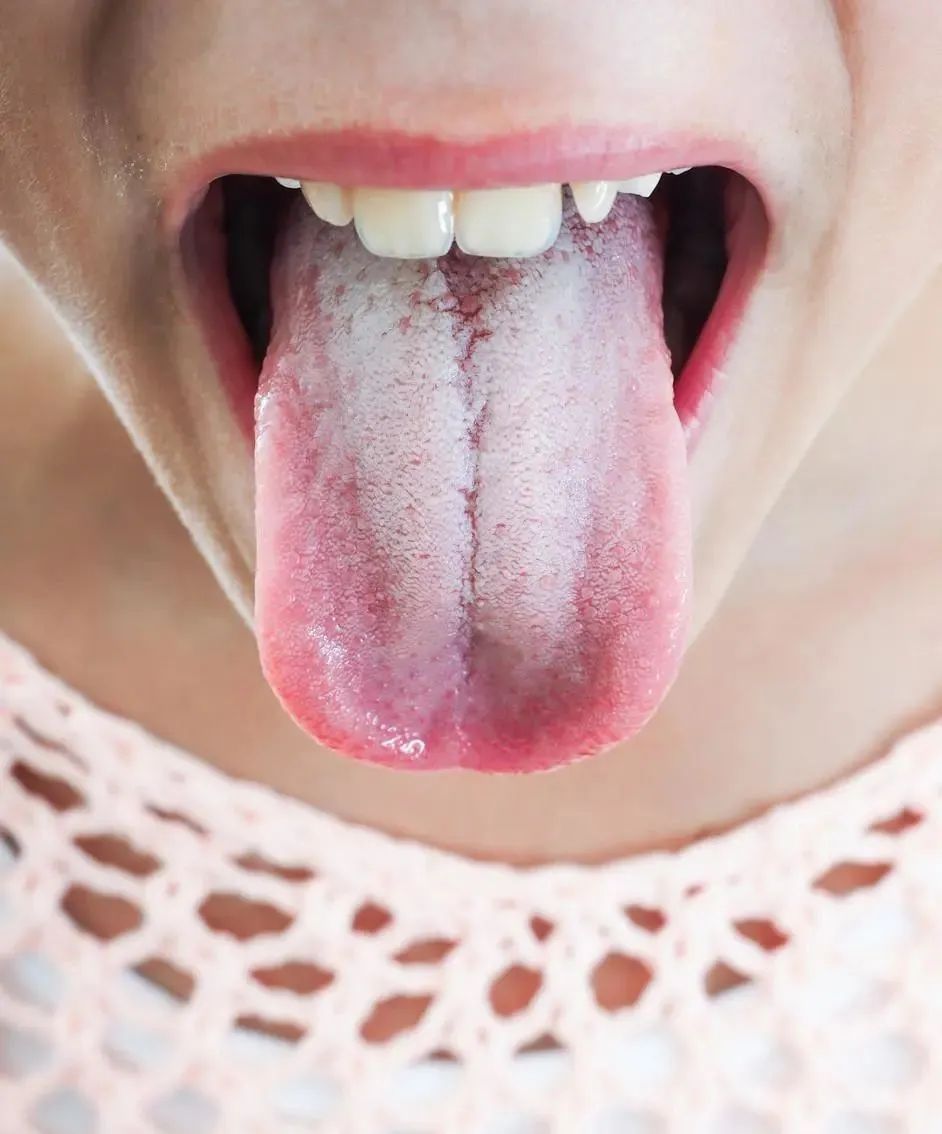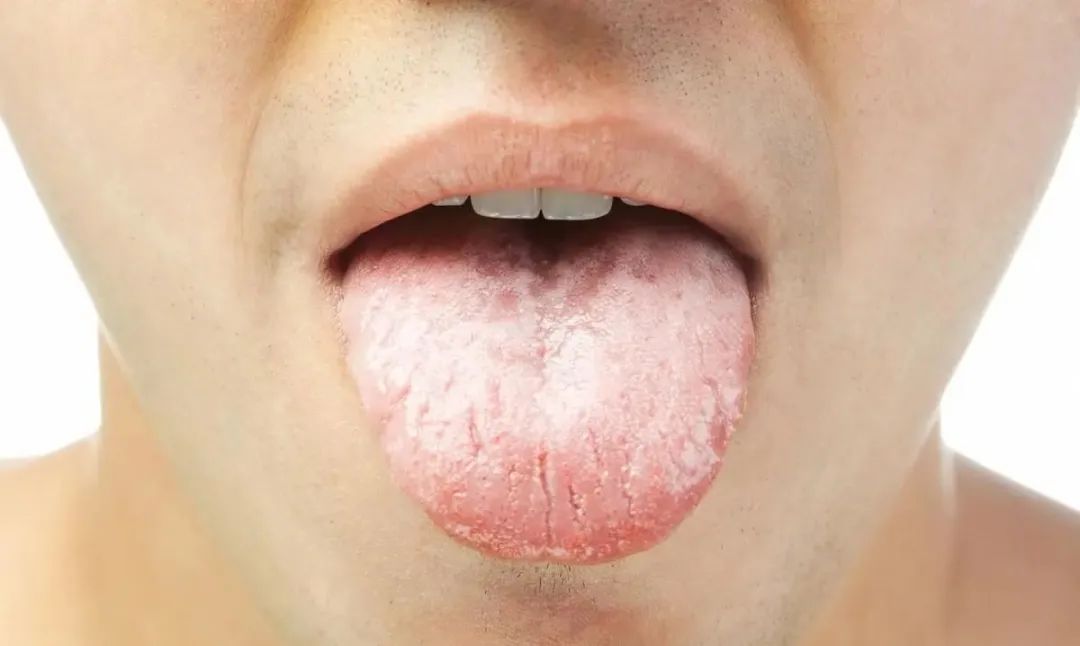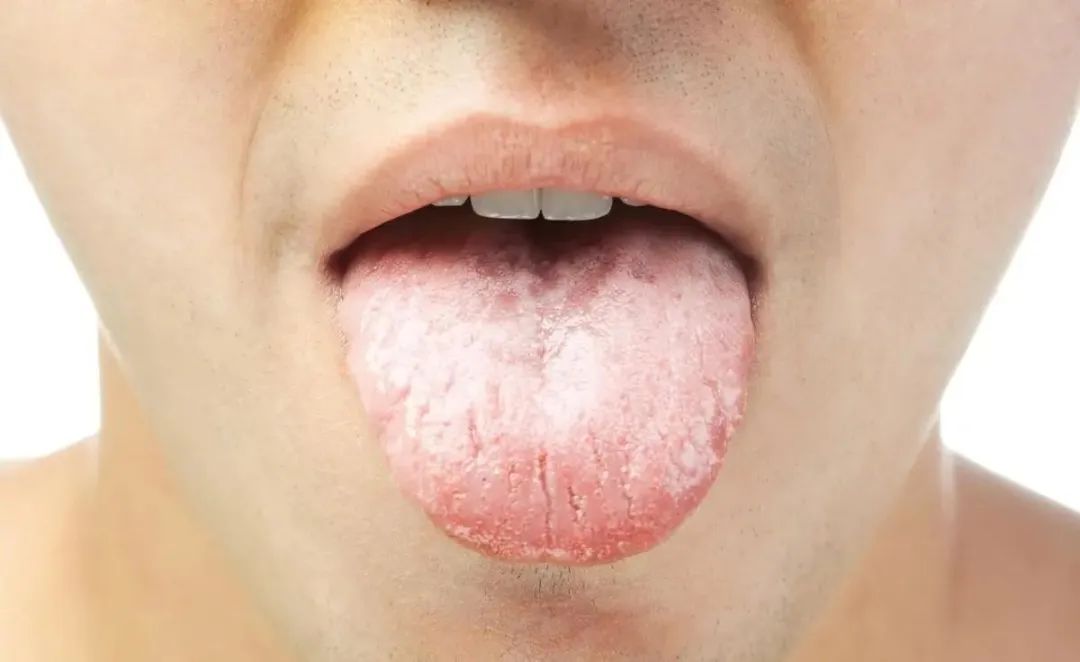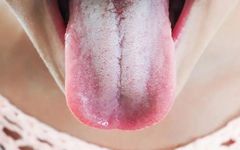|
> Follow us < Inherit, disseminate, and teach tongue diagnosis, pulse diagnosis, and high-quality content and classic cases related to TCM, herbs, and medical cases, providing more insights and assistance on the path of TCM syndrome differentiation and treatment. ⊙ Your friends might need to know this knowledge! Take a second to share it with your circle! Share health! |


Tongue diagnosis is a commonly used method in TCM. This section focuses on the organ divisions of the tongue surface, the order of tongue observation, and the characteristics of normal tongue appearances. This content has appeared in past examinations and should be given high importance.
Of course, this content is also necessary for practitioners in the process of treating diseases, and today we will teach it to everyone!
【Detailed Explanation】
1. Organ divisions of the tongue surface: The tongue body often reflects the conditions of the five organs, emphasizing the blood aspect; the tongue coating often reflects the conditions of the six fu organs, emphasizing the qi aspect; the tongue tip often reflects the conditions of the upper jiao (heart and lungs); the middle part of the tongue often reflects the conditions of the middle jiao (spleen and stomach); the root of the tongue often reflects the conditions of the lower jiao (kidneys); the sides of the tongue often reflect the conditions of the liver and gallbladder.
2. Order of tongue observation: First observe the tongue body, then the tongue coating, and finally observe the sublingual vessels. From the position, first observe the tongue tip, then the middle and sides of the tongue, and finally the root of the tongue.
3. Normal tongue appearance: A normal tongue is light red and bright, with a moist tongue body that is soft and flexible; the tongue coating is evenly thin, white, and moist. This is referred to as “light red tongue, thin white coating.”

Clinical Significance of Various Tongue Colors
A pale white tongue indicates deficiency of qi and blood, and yang deficiency; a light red tongue is the color of a healthy person; a red tongue indicates excess heat and yin deficiency; a crimson tongue indicates excessive internal heat, yin deficiency with excess fire, and blood stasis; a bluish-purple tongue indicates poor circulation of qi and blood.
Points and prickles on the tongue:
(1) Prickles on the tongue tip: Often indicate excessive heart fire.
(2) Prickles in the middle of the tongue: Often indicate excessive heat in the stomach and intestines.
(3) Prickles on the sides of the tongue: Often indicate excessive liver and gallbladder fire.
(4) A red tongue with prickles and a yellow coating: Often indicates extreme heat in the qi level.
(5) A red and crimson tongue with bright red prickles: Often indicates internal blood heat or excessive yin deficiency fire.
(6) A red tongue with crimson-purple prickles: Often indicates heat entering the blood and stagnation of qi and blood.

1. Thin and thick coatings: The thickness of the tongue coating mainly reflects the severity of pathogenic factors and the depth of the disease.
(1) A coating that changes from thin to thick: Indicates that the pathogenic qi is gradually increasing, or that an exterior pathogen has entered the interior, indicating disease progression.
(2) A coating that changes from thick to thin: Indicates that the righteous qi has overcome the pathogenic qi, and the internal pathogen has dissipated outward, indicating recovery.
2. Moist and dry coatings: The moisture and dryness of the tongue coating mainly reflect the abundance and distribution of body fluids.
(1) A slippery coating: Often seen in wind-cold exterior syndrome, initial dampness, food stagnation, and blood stasis.
(2) A dry coating: Indicates that body fluids have been damaged.

3. Decayed and greasy coatings
(1) A greasy coating: Often caused by internal dampness and turbidity, with yang qi being obstructed, and damp turbidity and phlegm accumulating on the tongue surface. A decayed coating indicates phlegm turbidity and food accumulation.
(2) A decayed coating: Indicates phlegm turbidity and food accumulation. The formation of a decayed coating is often due to excess yang heat, which steams the turbid evil qi in the stomach, causing it to rise and accumulate on the tongue surface.
4. Shedding coatings
(1) Anterior shedding coating: Shedding of the coating on the anterior half of the tongue.
(2) Middle shedding coating: Shedding of the coating in the middle part of the tongue.
(3) Root shedding coating: Shedding of the coating at the root of the tongue.
(4) Flower shedding coating: Multiple areas of shedding on the tongue coating, with smooth areas without coating, and remaining coating in a mottled pattern with clear boundaries.
(5) Geographic tongue: Large irregular patches of coating loss, with thick edges, clear boundaries of the coating, resembling a map.
(6) Glossy shedding coating: Complete loss of the tongue coating, with a smooth tongue surface (also known as mirror tongue or smooth tongue).
(7) Class shedding coating: The shedding areas are not smooth, resembling new granules.
▶ Copyright Statement: This article is excerpted from the internet. My intention is to disseminate TCM cultural knowledge, and the copyright belongs to the relevant rights holders. Respect knowledge and labor, please retain copyright information when reprinting. If there are any improper uses, please feel free to contact us for negotiation.

